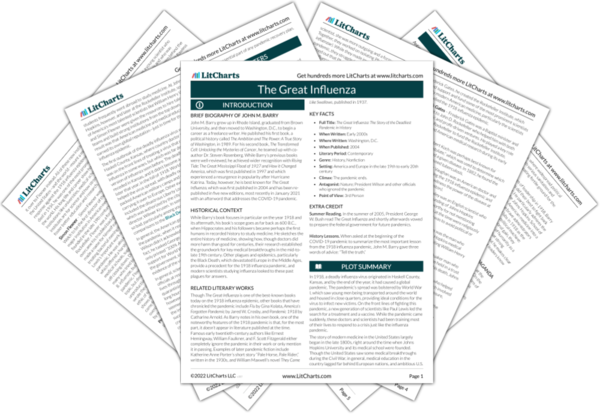The creation of public health as a discipline showed once again that doctors and investigators were beginning to look at medicine not as some discipline to be studied in a vacuum, but as a vital part of human society with connections to other disciplines, like politics and sociology. Perhaps more than anything else in medicine, epidemics highlight how all these different disciplines are connected, so Welch’s decision to focus on public health was very forward-thinking.
